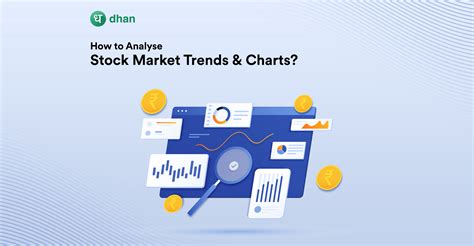Mastering Cryptocurrency Trading with Technical Indicators
The world of cryptocurrency has exploded in recent years, with thousands of new altcoins and cryptocurrencies being launched every month. As a trader, navigating the complex and rapidly evolving landscape can be daunting. However, by leveraging technical indicators, you can gain a deeper understanding of the markets and make more informed trading decisions.
What are Technical Indicators?
Technical indicators are mathematical formulas that calculate various properties of stocks, such as price, volume, and momentum. These indicators help traders identify trends, patterns, and potential trading opportunities in the market. By analyzing these indicators, traders can gain a better understanding of the underlying dynamics of the market.
How to Use Technical Indicators for Market Analysis
Technical indicators can be used in various ways to analyze cryptocurrency markets:
- Chart Patterns

: Identify chart patterns such as head and shoulders, triangles, and wedges. These patterns indicate potential reversals or continuations of trends.
- Trends: Analyze the direction of trends by examining the speed and acceleration of price movements. For example, a rapid increase in price may indicate a strong uptrend, while a slow decrease may suggest a downtrend.
- Support and Resistance Levels: Identify levels where prices tend to bounce or reverse. These areas can be used for buying or selling.
- Momentum Indicators: Track the rate of change of prices over time using momentum indicators such as Relative Strength Index (RSI) and Moving Averages (MA).
- Volume Analysis: Analyze the trading volume in relation to price movements. Higher volumes often indicate stronger trends.
Popular Technical Indicators for Cryptocurrency Trading
- Moving Averages
: The average price of an asset over a specified period, used to identify trends and momentum.
- Relative Strength Index (RSI): Measures the magnitude of recent price changes to determine overbought or oversold conditions.
- Bollinger Bands: Comprises of moving averages and standard deviations, used to identify volatility and potential trading opportunities.
- Stochastic Oscillator: Compares the closing price with its price range over a specified period, indicating overbought or oversold conditions.
- Ichimoku Cloud: A combination of five lines that provide insight into trend direction, momentum, and support and resistance levels.
Tips for Using Technical Indicators Effectively
- Stay up-to-date: Keep your indicators current with market news, announcements, and fundamental analysis.
- Use a combination of indicators: Combine multiple indicators to gain a more comprehensive understanding of the market.
- Pay attention to crossovers: Look for crossovers between moving averages, as they can indicate potential changes in trend direction.
- Diversify your portfolio: Spread your investments across different asset classes and cryptocurrencies to minimize risk.
- Practice with paper trading: Test your technical indicators on a demo account before risking real capital.
Conclusion
Technical indicators are a powerful tool for traders looking to gain a deeper understanding of the cryptocurrency market. By analyzing various indicators, such as charts, trends, and volume patterns, you can identify potential trading opportunities and make informed decisions. Remember to stay up-to-date with market news and fundamental analysis, use a combination of indicators, and diversify your portfolio to achieve success in the world of cryptocurrency trading.
Additional Resources
- TradingView: A popular platform for technical analysis, offering various indicators and chart types.
- CoinDesk: A leading source for cryptocurrency news and analysis.
